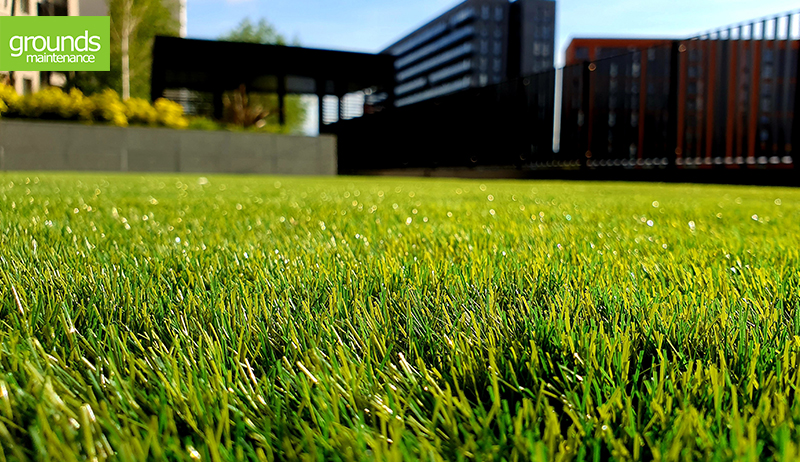
Leather Jackets In Your Lawn?
If left untreated, Leatherjackets can wreak havoc on your lovely lawns.
What are Leatherjackets?
Leatherjackets are the larvae of flies known as crane flies or daddy-longlegs. So, when daddy-longlegs lay eggs in your lawns, the resultant larvae – Leatherjackets, feast on the roots and young shoots causing catastrophic damage!
How to tell if Leatherjackets are a problem in your garden:
- Lawns develop patches where the grass turns a yellowish brown and dies. This can be distinguished from similar effects, caused by lawn diseases or adverse growing conditions, by lifting the affected turf and finding Leatherjackets in the surface layers of the soil.
- Crows, magpies, rooks, and starlings will search for Leatherjackets on the turf. These birds will scratch the surface to bring the Leatherjackets up.
- Leatherjackets have elongated tubular bodies, up to 30mm long, and are greyish brown. They have no legs or obvious heads.
When should you treat for Leatherjackets?
The optimal treatment time for Leatherjackets is between mid-September to October.
Leatherjackets usually have a one-year life cycle which starts when the female lays her eggs on the lawn around September, they hatch two to three weeks later.
During mild winters, the pests will have grown, and the damage will be much more extensive by early Spring, the following year.
You will start to notice the Leatherjacket grub coming up out of the lawn. Quite simply, the higher the number of Leatherjackets visible on the surface of the lawn, the larger the infestation.
How we can help!
We are trained and certified to treat your lawn, our team are qualified by City & Guilds Level 2 Principles of Safe Handling and Application of Pesticides and City & Guilds Level 2 Award in the Safe Application of Pesticides using Pedestrian Hand Held Equipment.
If you are unsure, please just call us anyhow and we’ll pay a visit to assess your lawn. It’s always better to be safe than sorry, as the damage caused by a leather-jacket infestation is enormous.








